Exclusive: Oscar Nominee Jonathan Heap Talks The Unwilling

The upcoming horror film The Unwilling, which has Lovecraftian undertones, was recently nominated for Best Picture in the F.A.S.H. FEST LA film festival and was chosen as an official selection in the Russian International Horror Film Awards.
Director Jonathan Heap, who was nominated for as Oscar for his short film 12:01 PM, wanted to make a film that goes against the current conventions of the horror genre, as he explained to us in the interview below. We were also kindly provided with a wealth of images to display, which you can see after the interview.
The Unwilling stars David Lipper, Dina Meyer, and Lance Henriksen. Learn more at its official website.
Dread Central: So I understand that you don’t like the current trend of horror films and plan to do something different?
Jonathan Heap: It seems in the race to top the latest horror film in terms of CGI or gross-out most of the films in this genre have completely forgotten about character. If one tried to describe most of them it would be “someone or a group of someones are killed one by one in some lonely spot by bizarre creatures which physically could never exist.
I believe that it’s much scarier to root the story in reality, and even if there is a supernatural force, explain it and have your characters deal with the uncanny events as the audience would. What if this really happened? So we began with a personal story of a man with mental problems having to deal with realistic family dramas, which are then embroiled in a supernatural force.
Classic sophisticated horror – psychological horror – has always been a big interest of mine. I think the genre is particularly suited to creating some depth of character when one really wants to dissect human emotions such as fear or psychological imbalance. Think how subjectively terrifying films such as Rosemary’s Baby and Repulsion were. For many reasons horror and/or thrillers when done well tend to be emotionally immersive more than any other genre.
Seems what we have and is missing from most present day horror is the personal subjective story. The Hitchcock, one-person point of view more or less. A lot of horror and sci-fi has become impersonal so we started out to do just the opposite. I think we have succeeded to the extent that you will want the characters to overcome. Overcome whatever they at first are unwilling to do.
DC: Can you talk about the plot? Will there be supernatural elements at play?
JP: The story of David and his family really began with the conceit of a damaged man who has created a cage for himself. David’s problems were generated by terrible abuse and years of feeling isolated and unsafe. Once we created this fragile character, it became obvious that confronting him and his relatives with their terrors would yield a perfect storm of increasing intensity.
We start with a death in the family of an abusive father who turns out to have been possessed – now that he’s gone, the spirit begins to possess each family member looking for a suitable host. It forces the family members to confront each other’s weaknesses and age old arguments. Are they out to get each other? Is it about greed, revenge? Kind of like the way “The Twilight Zone” always pitted a person’s deepest flaw against their ability to contain it.
We started in most cases with the fear and built characters around it. A woman who’s vain, a man ruled by greed, an addict, etc. – all of whom are desperate to protect themselves at the cost of others – and then brought the supernatural elements into play around that. And the answer is yes, there is definitely a huge supernatural element that builds to the point of changing their environment in dangerous ways as the survivors search for a way out. So that is always fun.
DC: How did filming go? Are you utilizing practical effects over CGI?
JP: Filming was a tough tight 14-day race to the finish in real locations – having to be lit for day and night often in the same day. For creative and budgetary reasons we decided to create most of the effects practically, meaning very few post effects, but actually pulling people around with ropes while shooting, changing lighting effects, creating effects “in camera” as it were – literally creating an otherworldly feel with what we had in our hands on that day and still be able to bend people’s minds. Stimulating and challenging! Audiences are savvy –they’re aware of CGI and phony baloney creatures – but by using the fabric of reality and bending it on the set, we increase the fear quotient because people may exclaim, “How could that be happening?” That’s not to say we don’t have any digital effects, but we picked them carefully!
I have also always wanted to do a mirror sequence – both as metaphor and as the terror that reflections generate. I was inspired by the great filmmaker Jean Cocteau in his films Orpheus and Beauty and the Beast. So much richness in his work – expressionism, fantasy, dreams – all ways of looking into the human soul, which is what we endeavored to do here, while entertaining and scaring an audience as well as do the effect on set and not as an optical.
So we built a fake wall and had our actress in an impossible “netherworld” on set behind the mirror. It allowed the rest of the cast to play to her in real time with raw and real emotion. It turned out beautifully.
By the way, I imagine if I was confronted by a supernatural event – and really convinced of its authenticity – I might be quite terrified as it would upend my entire world view or my understanding of physics. When writing The Unwilling we incorporated that unwillingness to believe into the story. I can’t stand when a film character just accepts something weird and moves on like it’s a regular day. So we wrote in their disbelief, their refusal to accept. Realistic human reactions are even MORE necessary when the fantastic is encountered. But seeing is believing to some extent – which is why film again is so perfect for the uncanny or supernatural.
DC: And they’ll be a connection to Lovecraft?
JP: The Lovecraft connection is subtle, but the container the spirit resides in has a definite reference to Lovecraftian horror, specifically the sea creatures who supposedly ruled the Earth aeons ago and may return to dominate again.
DC: Can you talk about the cast?
JP: We were lucky and extremely smart with our casting choices – but when you shoot high and get everyone you hoped for, there’s no question good luck is involved. I went after real actors who could play the levels of character we needed to really get the audience rooting for them. They had to portray their inner demons, their struggles – but not in a melodramatic way. Dina Meyer (Starship Troopers, Saw I-III), Lance Henriksen (Aliens, The Terminator, Alien vs. Predator), David Lipper (“Sons of Liberty,” “Full House”), Bree Williamson (“True Detective,” “CSI:), Austin Highsmith (the “Scream” TV series, Dolphin Tale), Robert Rusler (A Nightmare on Elm Street, Freddy’s Revenge), Jake Thomas (A.I., Lizzy McGuire) and Levy Tran (Furious 7). You couldn’t ask for a better cast or a better ensemble.
Everyone brought their best energy and inspirations to the set, and even though we were tightly scripted, I encouraged improv in our run-throughs to make sure everything felt realistic for the performers. Often an idea would happen in the middle of a rehearsal or a take, and we’d run with it and keep it – as it was completely authentic to the moment and added to the realism.
[youtube https://www.youtube.com/watch?v=ntpWhXb3bLs]
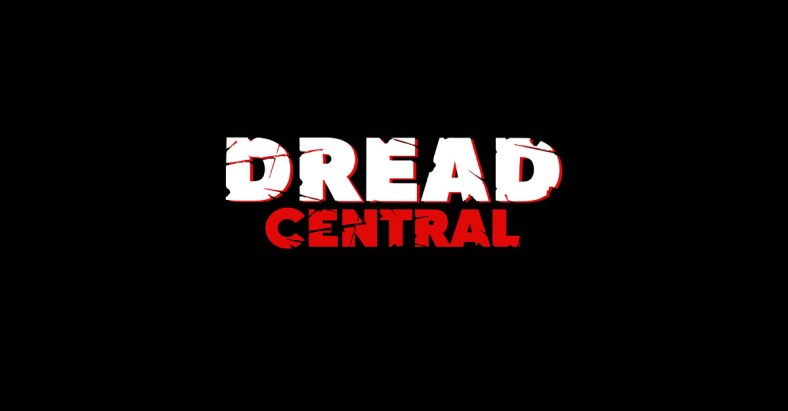
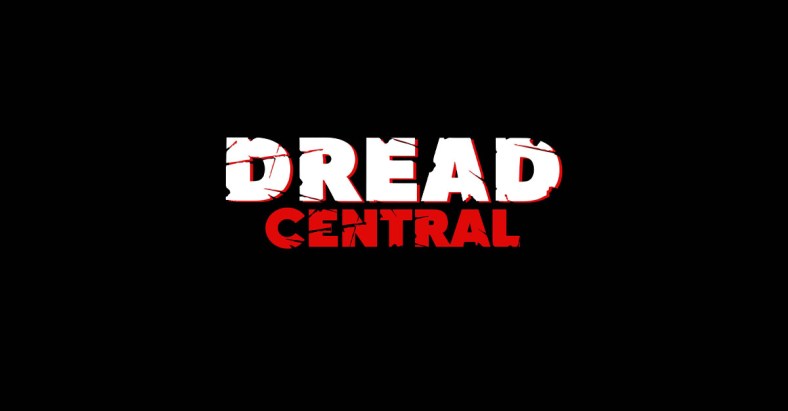

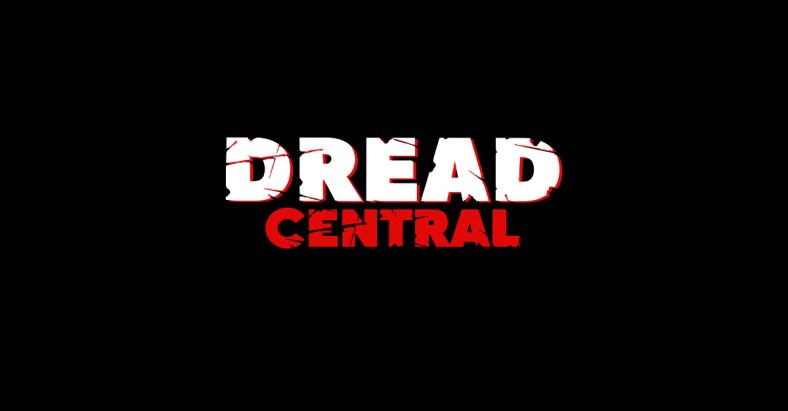
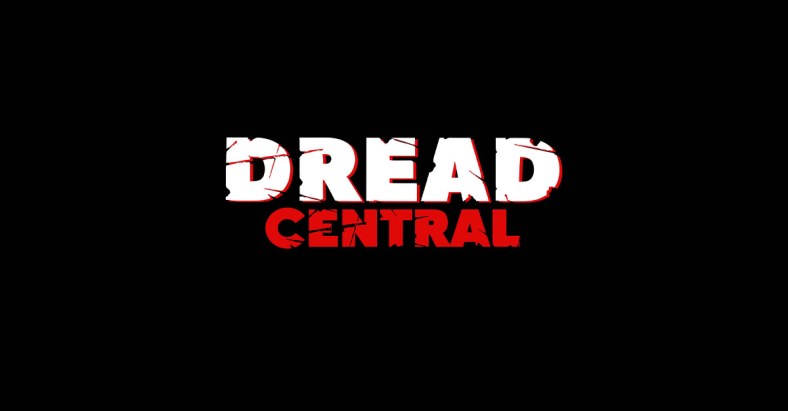
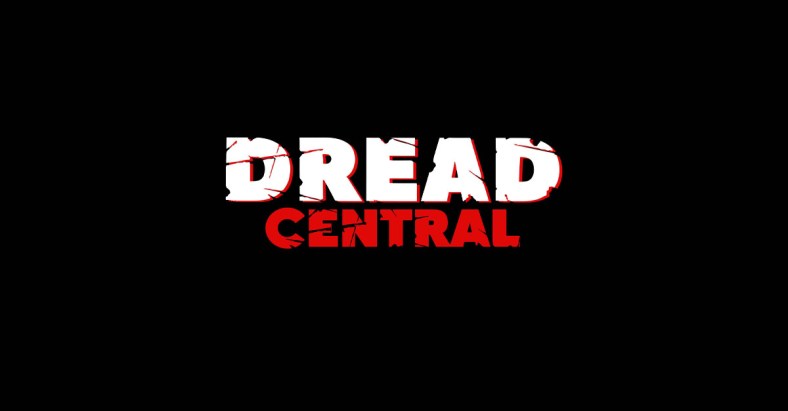
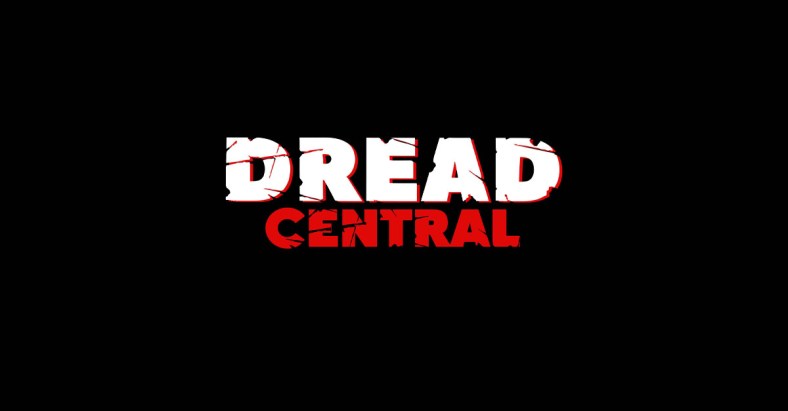
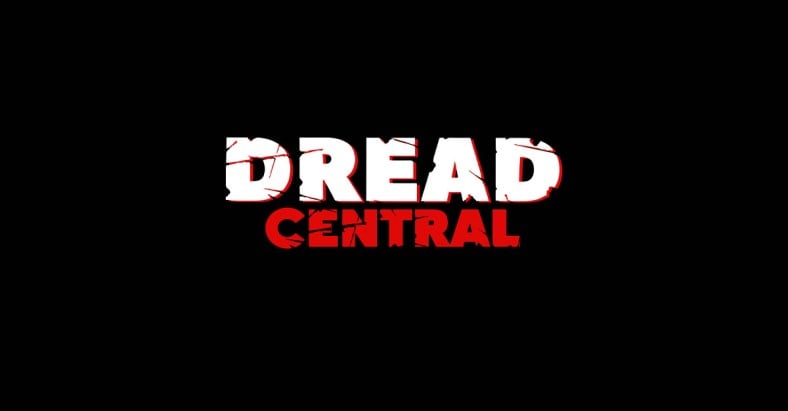
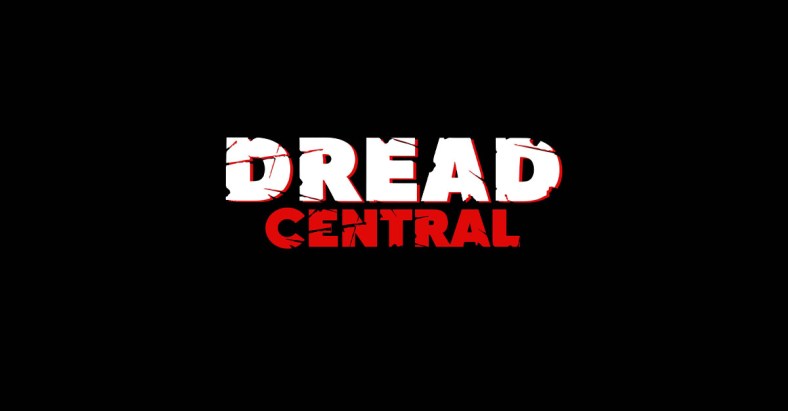
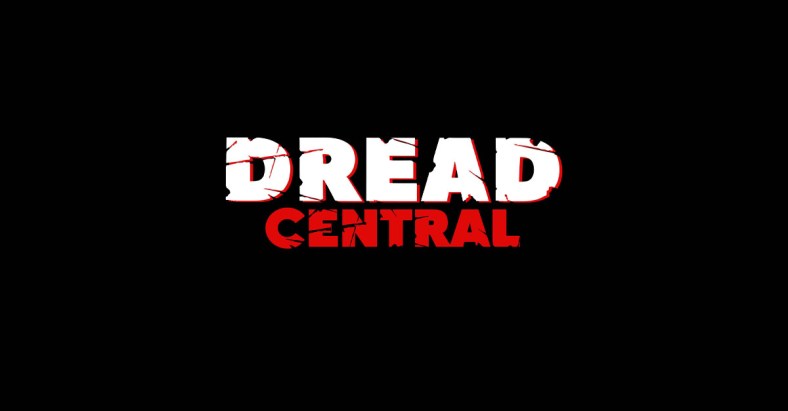
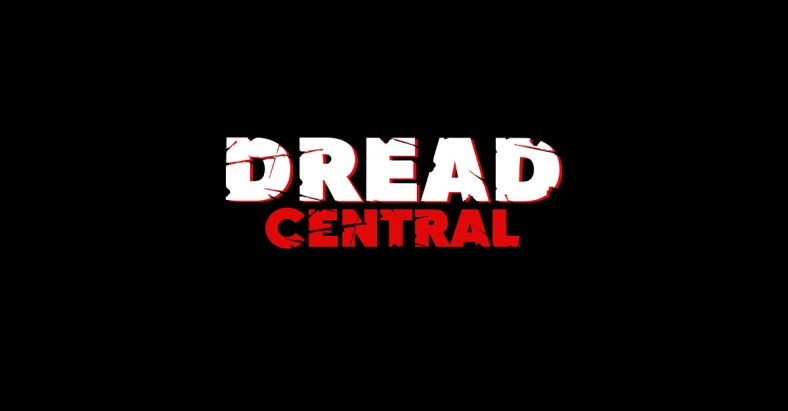
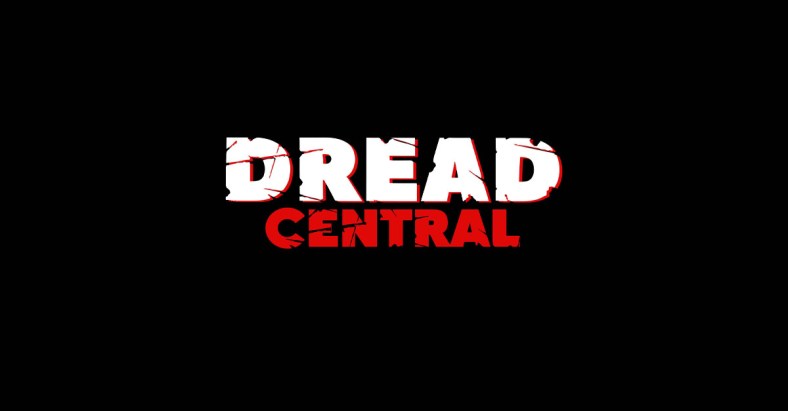
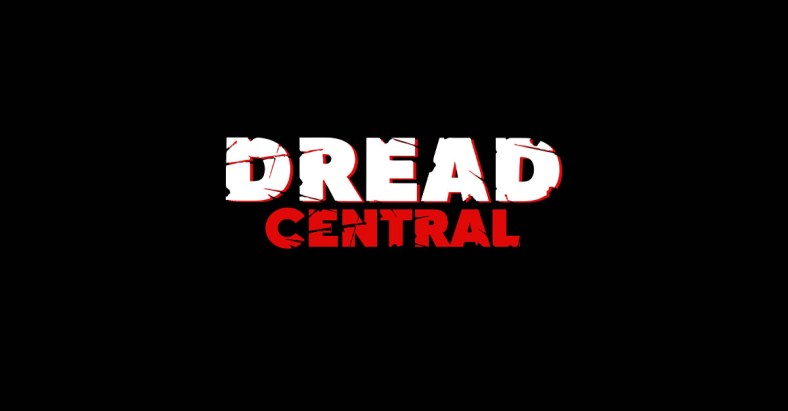
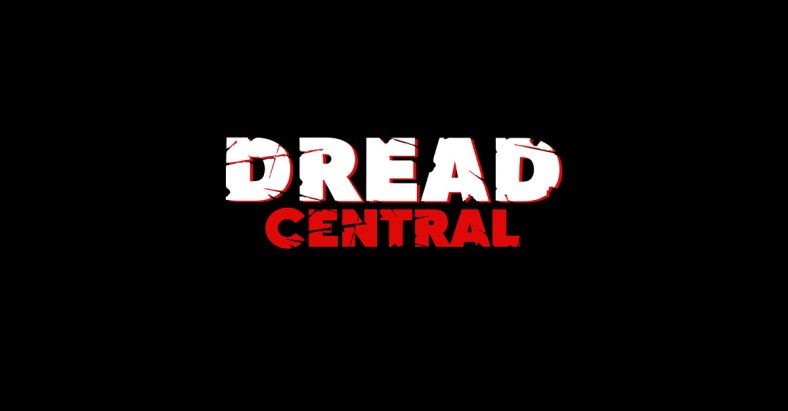
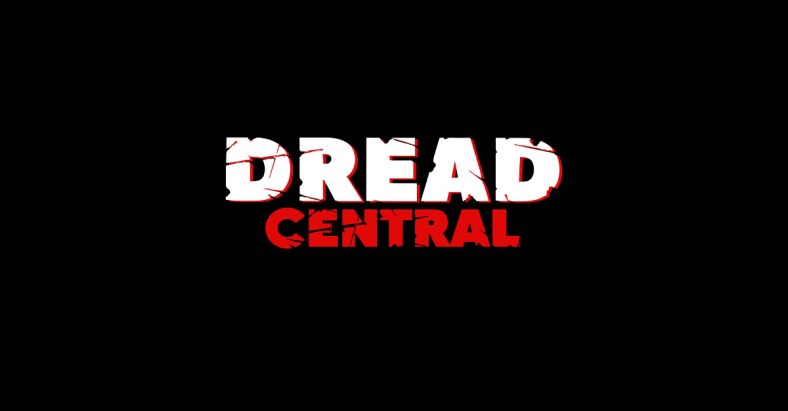
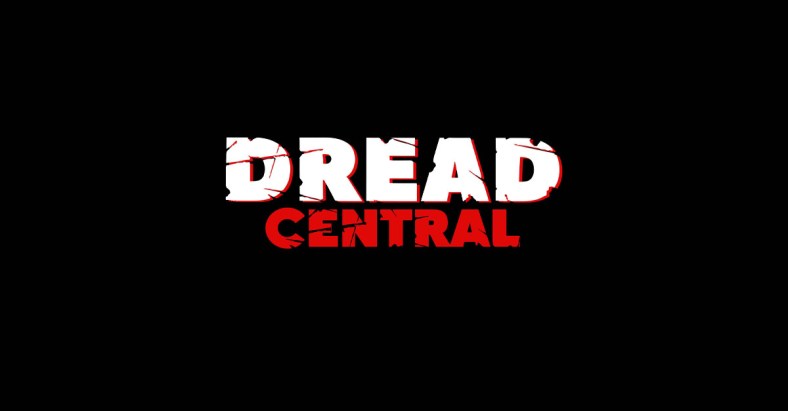
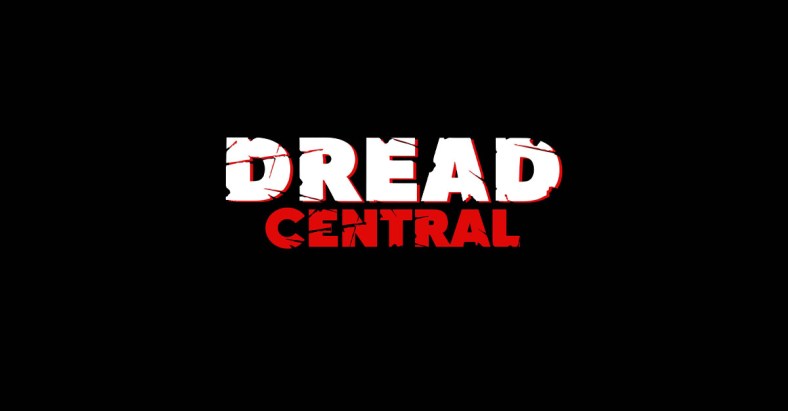
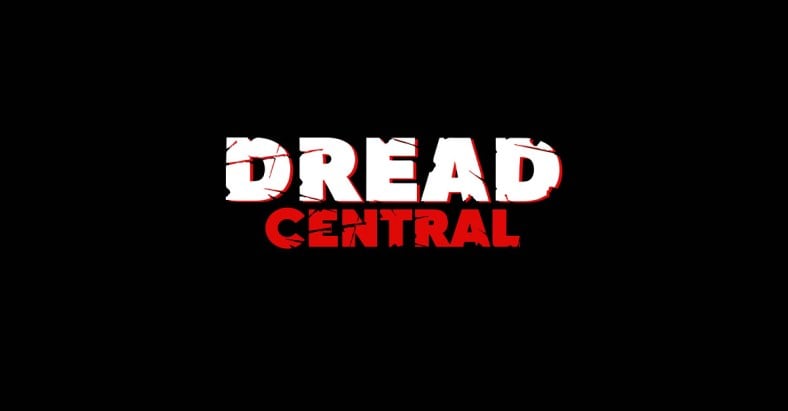
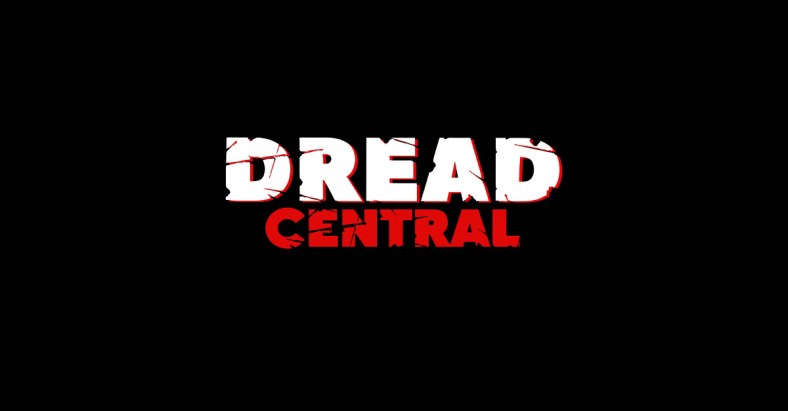
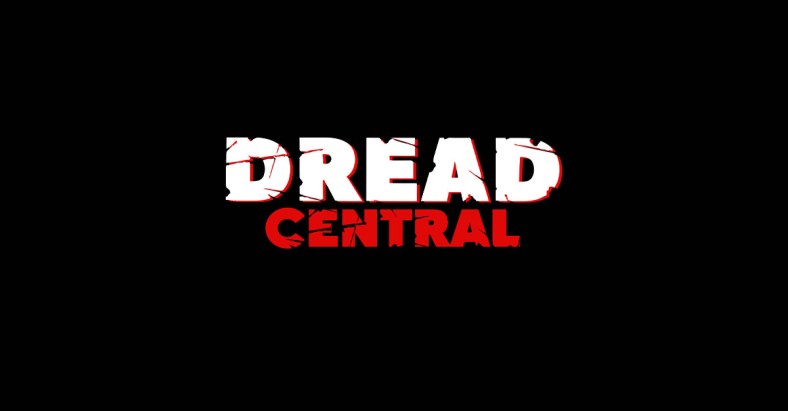
Categorized:News

